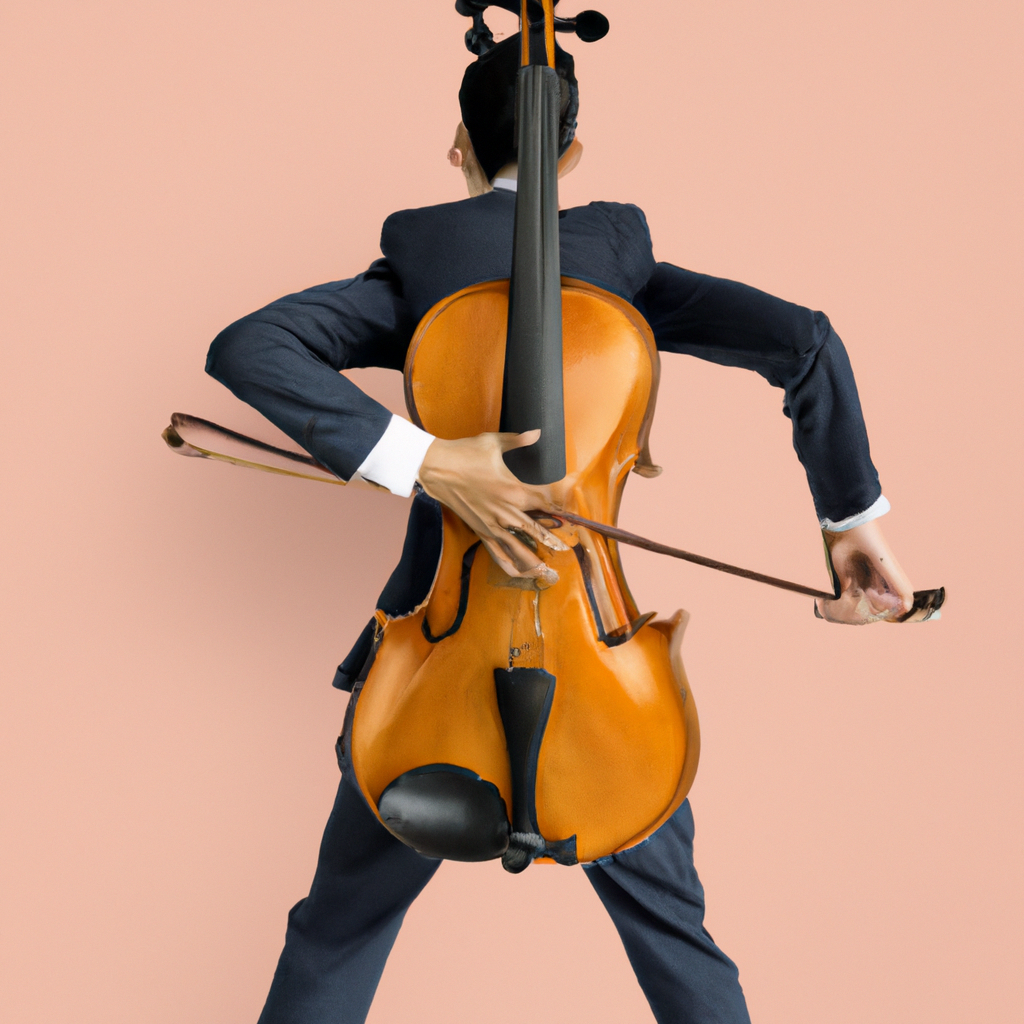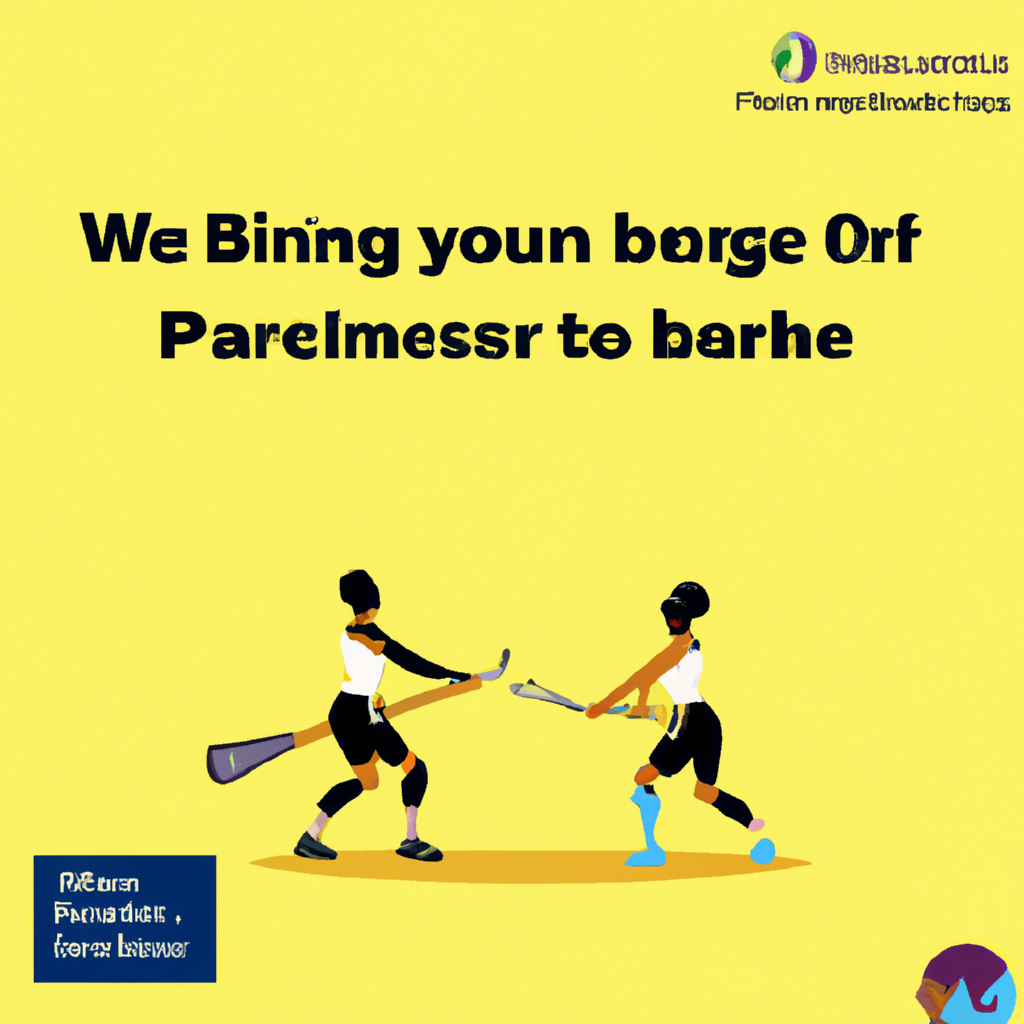
Learning to play the violin as a beginner can be an exciting and rewarding journey. However, it requires dedication, patience, and the right approach. In this article, we will explore the dos and donts of learning to play the violin as a beginner, providing you with essential tips and guidance to make your violin learning experience more enjoyable and successful.

One of the most crucial aspects of learning to play the violin is establishing proper posture and positioning. Correct violin and bow holds are essential for producing a beautiful sound and avoiding unnecessary tension and strain. Here are a few tips to help you achieve proper posture:

Warming up before each practice or playing session is vital for preventing injuries and preparing your body and mind for focused practice. Take a few minutes to stretch your arms, hands, and fingers. Additionally, consider incorporating warm-up exercises such as finger exercises, bowing exercises, and scales to improve flexibility and dexterity.

Mastering the fundamental techniques and scales is essential for building a strong foundation as a violinist. Start with basic techniques such as bowing, finger placement, and shifting. Practice simple scales, such as the D major and G major scales, to improve finger coordination and intonation. As you progress, gradually introduce more complex techniques and scales.

Consistency is key when learning to play the violin. Establish a regular practice routine that suits your schedule and commit to it. Even short practice sessions can be effective if they are consistent. Motivate yourself by setting specific goals and tracking your progress. Remember, practicing regularly, even for a shorter duration, is more beneficial than cramming long practice sessions sporadically.
Working with a qualified violin teacher can tremendously accelerate your progress as a beginner. A teacher can provide personalized guidance, correct your technique, and introduce you to new repertoire. Look for a reputable teacher who has experience working with beginners. Alternatively, consider joining a beginner's group class to learn alongside other aspiring violinists.
Pressing too hard on the violin strings not only creates a tense and strained sound but can also lead to physical discomfort and injury. Achieving a balanced pressure is important for producing a clean and resonant tone. Experiment with finding the right balance between finger pressure and sound production. A gentle and controlled touch is often more effective than excessive force.
It can be tempting to rush through learning new pieces, especially when you're excited about playing a particular song. However, rushing through repertoire can hinder your progress and prevent you from developing a deep understanding and mastery of each piece. Take the time to study and practice each piece thoroughly, paying attention to details such as dynamics, phrasing, and expression.
Identifying and correcting bad habits early on is crucial for your long-term progress as a violinist. Common bad habits include improper bow grip, tense shoulders, and poor posture. Be mindful of your technique and seek feedback from your teacher to ensure you are practicing with correct form. Regular self-reflection and awareness will help you overcome any bad habits and improve your playing.
While technique and practice are essential, understanding music theory and developing aural skills are equally important. Music theory knowledge will help you interpret the music and understand its structure, while ear training will enable you to play in tune and accurately replicate melodies and intervals. Take the time to study music theory concepts and practice ear training exercises to enhance your overall musicianship.
The time it takes to learn the violin as a beginner varies from person to person. It depends on factors such as your dedication, practice routine, and previous musical experience. With consistent practice and guidance from a qualified teacher, you can expect to make noticeable progress within a few months.
No, prior musical experience is not necessary to learn the violin. The violin can be learned from scratch, even if you have never played a musical instrument before. However, having a basic understanding of music notation and rhythm can be beneficial.
While it is possible to learn the violin on your own through online resources and tutorial videos, having a qualified teacher is highly recommended, especially for beginners. A teacher can provide personalized feedback, correct your technique, and guide you through the learning process. They can also help you progress more efficiently and avoid developing bad habits.
Learning to play the violin as a beginner is a challenging yet rewarding endeavor. By following the dos and donts outlined in this article, you can set yourself up for success on your violin learning journey. Remember to start with proper posture and warm up before playing, focus on mastering basic techniques and scales, practice regularly and seek guidance from a qualified teacher. Avoid excessive pressure on the strings, rushing through new pieces, practicing with bad habits, and neglecting music theory and ear training. Stay patient, persistent, and open to learning, and you will progress steadily as a violinist.